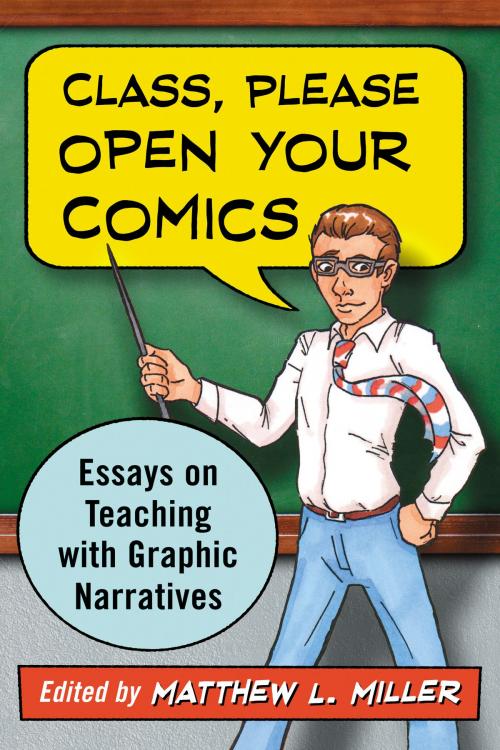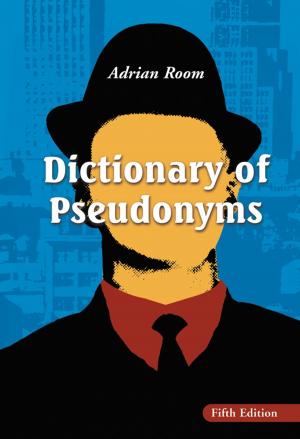Class, Please Open Your Comics
Essays on Teaching with Graphic Narratives
Fiction & Literature, Literary Theory & Criticism, Nonfiction, Reference & Language, Education & Teaching| Author: | ISBN: | 9781476619170 | |
| Publisher: | McFarland & Company, Inc., Publishers | Publication: | April 22, 2015 |
| Imprint: | Language: | English |
| Author: | |
| ISBN: | 9781476619170 |
| Publisher: | McFarland & Company, Inc., Publishers |
| Publication: | April 22, 2015 |
| Imprint: | |
| Language: | English |
Comics and sequential art are increasingly in use in college classrooms. Multimodal, multimedia and often collaborative, the graphic narrative format has entered all kinds of subject areas and its potential as a teaching tool is still being realized. This collection of new essays presents best practices for using comics in various educational settings, beginning with the basics. Contributors explain the need for teachers to embrace graphic novels. Multimodal composition is demonstrated by the use of comics. Strategies are offered for teachers who have struggled with weak visual literacy skills among students. Student-generated comics are discussed with several examples. The teaching of postmodern theories and practices through comics is covered. An appendix features assignment sheets so teachers can jump right in with proven exercises.
Comics and sequential art are increasingly in use in college classrooms. Multimodal, multimedia and often collaborative, the graphic narrative format has entered all kinds of subject areas and its potential as a teaching tool is still being realized. This collection of new essays presents best practices for using comics in various educational settings, beginning with the basics. Contributors explain the need for teachers to embrace graphic novels. Multimodal composition is demonstrated by the use of comics. Strategies are offered for teachers who have struggled with weak visual literacy skills among students. Student-generated comics are discussed with several examples. The teaching of postmodern theories and practices through comics is covered. An appendix features assignment sheets so teachers can jump right in with proven exercises.















